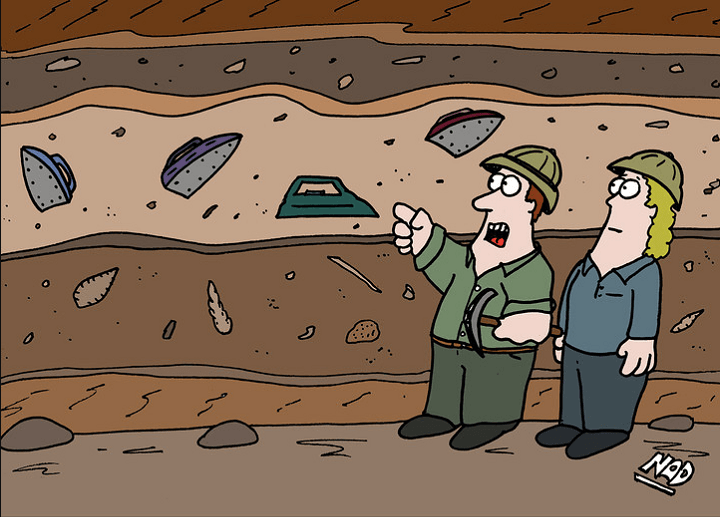What is the difference between a historian and an archaeologist?
Historian focuses on written histories, archaeologists excavate physical artefacts.
What was the "lifeblood" of Ancient Egypt?
The Nile River
Which Ancient Chinese Dynasty was the SHORTEST?
The Qin Dynasty
Which plague or pandemic killed the most people?
Spanish Flu
What was the only organ left inside the body during mummification?
DOUBLE POINTS: Why was it left inside the body?
The heart.
It was left inside the body because the Egyptians believed that in the afterlife it would be weighed to see whether the person had led a good life.
What century does following date the fall into:
April 21, 753 BCE
8th Century BCE
Who am I?
DOUBLE POINTS: What am I the God of?
Anubis.
God of Embalming and the Dead.
What were the three religions of Ancient China?
Buddhism, Taoism and Confucianism
What disease was the Antonine Plague believed to be?
Smallpox
Why was foot-binding practised in Ancient China?
They believed small feet were more beautiful.
What does the following image show?
Strata.
Levels of geology that deals with the origin, composition, distribution, and succession of strata.
What was the capital of New Kingdom Ancient Egypt?
Thebes
Why were merchants the lowest class in Ancient Chinese society?
Because, even though they could become very rich, they only bought and sold other people's goods (i.e. they did not physically contribute anything to China)
From which country did the Spanish Flu originate?
The USA
Who was the Roman Emperor during the Plague of Justinian?
Justinian I
What does the following image show?

A tell or mound.
This is evidence of previous civilisations or people having lived at a site.
What are these known as?
What was their purpose during the process of mummification?

Canopic Jars.
They were used to store organs that were removed during mummification: lungs, liver, intestines, and stomach.
How was the Mausoleum of Qin Shi Huang discovered?
DOUBLE POINTS: In what year was it discovered?
A peasant/farmer was digging a well and accidentally discovered the terracotta warriors.
It was discovered in 1974.
Why did Plague Doctor's wear the following mask?
They filled the beak part of the mask with nice smelling herbs because they believed the plague was spread through foul smells and odours (i.e. airborne).
BC:
AD:
BCE:
CE:
BC: Before Christ
AD: Anno Domini
BCE: Before Common Era
CE: Common Era
Pliny the Younger witnessed the eruption of Mt. Vesuvius in 79 CE. However, he did not write down his story until about 25 years after the event.
Is his account primary or secondary?
Primary.
It is based on first-hand experiences
What was the 'Weighing of the Heart' ritual?
In this ritual the gods weighed the heart of the dead person against a feather representing Ma'at, the Goddess of Justice. The heart had to weigh less than the feather in order for the person to be let into the afterlife. If the heart was heavier, then the person would be sent to be eaten by Ammit, The Devourer God.
Provide FIVE reasons why Qin Shi Huang is considered as both a hero and a villain.
Hero: Introduced a common language, unified China, created weights and measures, construction of the Great Wall of China
Villain: Killed hundreds of thousands of his own people, burned books, strict laws and punishments, murdered scholars and intellectuals
Rank the following states in order of most infections to least infections:
NSW
QLD
VIC
SA
NT
1. VIC - 20,352
2. NSW - 4,645
3. QLD - 1,227
4. SA - 563
5. NT - 63

A deben.
An ancient Egyptian weight unit that was used to determine the worth of goods that would then be traded.